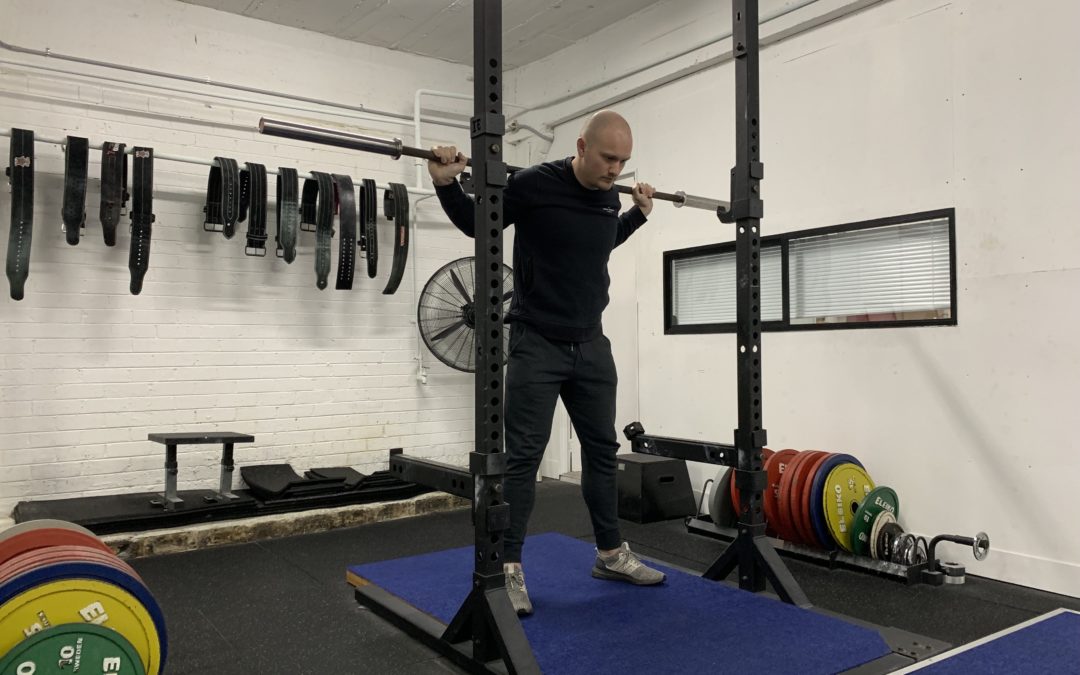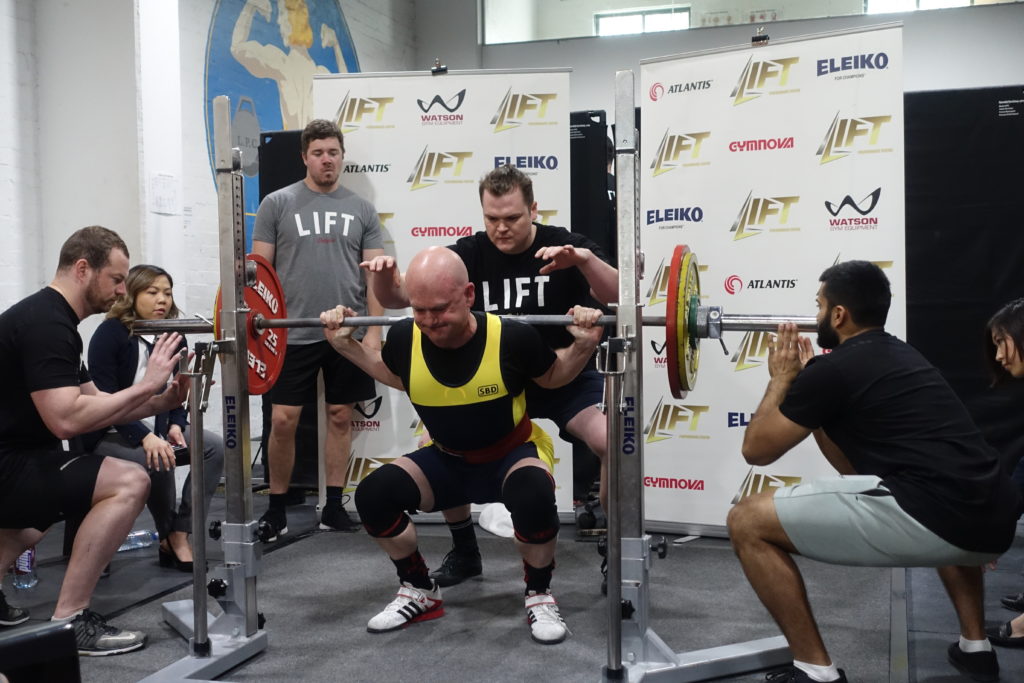Squats might seem intimidating, especially with a barbell on your back. But if you want strong, resilient knees, bending them under resistance is key. Many individuals develop knee conditions like osteoarthritis—so what can they do to manage and improve their knee health? As the phrase goes, ‘use it or lose it’. Thankfully, squatting conditions the lower body’s muscles and joints. Like all exercises, the right dose ensures safety. That being said, squats come in many forms—different stances and equipment all work. If a loaded barbell isn’t an option yet, alternatives like leg presses and split squats are great choices. All squat variations strengthen the thighs and hips, working muscles like the quadriceps, hamstrings, inner thighs, and glutes. So, take a seat—or hold that squat—and let’s dive in!
Get the lowdown on knee facts
According to the Australian Institute of Health & Welfare, 7.3 million Australians (29%) live with chronic musculoskeletal conditions ¹. Between 2019 and 2021, 168,302 total knee replacements were performed. A Lancet study analysing 20 years of hospital data (1998–2018) reported 228,344 diagnosed knee injuries with many being ACL injuries, and contusions, across men and women ². We can’t control everything, but many musculoskeletal conditions can be managed with physical activity. A systematic review in Musculoskeletal Care by Rapaso et al. found that resistance-based exercise programs effectively reduce pain in knee osteoarthritis, a common condition ³. Age or injury doesn’t mean you have to stop doing what you love. Staying active through exercise helps maintain function and mobility for life. So, how can you train your legs to stay strong?
Load those knees up!
A randomized controlled trial by Vincent et al. found that knee flexion and extension strength can influence function and pain symptoms ⁴. So, let’s talk about improving flexion and extension strength. Squats are excellent for building lower body strength. Squatting involves bending at the hips, knees, and ankles to lower yourself, bringing your bum closer to your heels. Standing up reverses this—extending at the ankles, knees, and hips. Squats can be loaded in different ways, such as a barbell on the back, holding a dumbbell, or using machines like a pendulum or hack squat. Choosing the right exercise variation, intensity, and volume creates a safe starting point for building strength. Resistance exercise can be progressed over time, continually challenging the knees to keep them strong for life.
We’re here to help
Squats engage the back, core, and lower body. However, squatting isn’t essential. Other movements can also build knee strength and function. Leg Presses, Leg Extensions, Curls, Lunges, Planks, Sit-Ups, and Leg Raises are all great options. Vincent et al. highlighted that exercise selection depends on preference, goals, contraction tolerance, and equipment access ⁴. This means that everyone has the opportunity to improve their lower body function, no matter the starting point. Expert coaching can help you find the correct entry point for improving strength. Knee pain is common, and while some cases need specialist care, regular deep knee bends can help keep them strong for everyone. If you’re looking to build lower body strength safely and effectively, contact us here and get started today.

